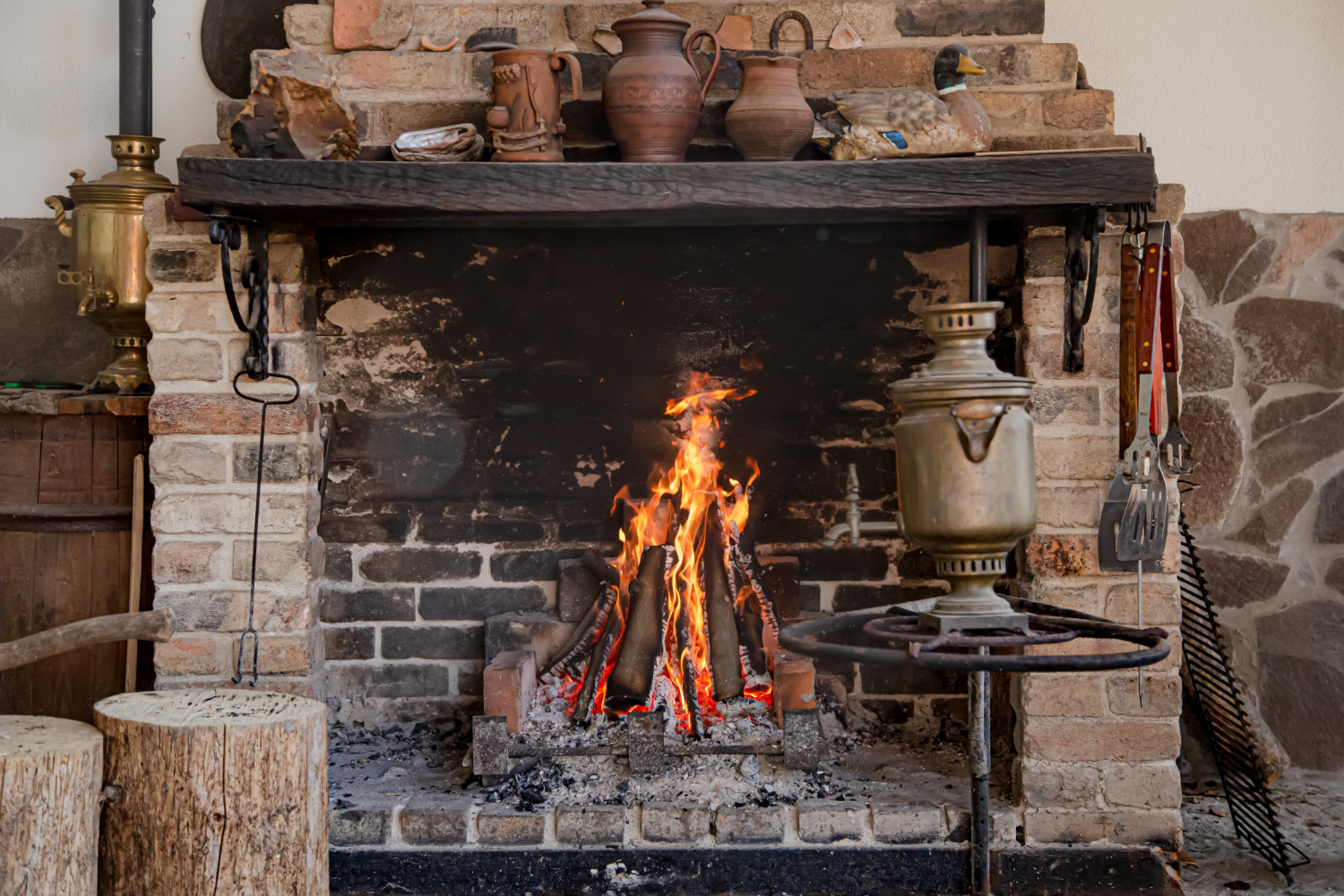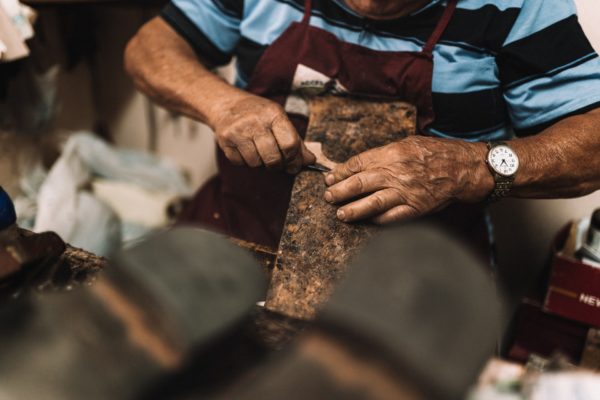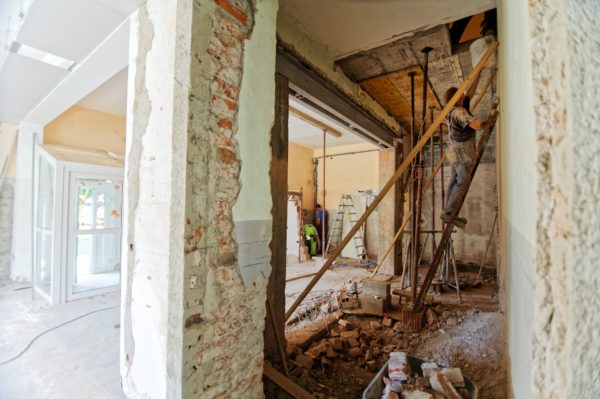Do you have one or more fireplaces in your home? They bring warmth and coziness into your home and are a real asset in the coldest weather. However, chimneys require regular maintenance, and you need to have your chimney swept regularly. Here’s how.
Why sweep a chimney?
Chimney sweeping is a fast-evolving profession, a skill that’s not just limited to wood fuel. The main aim is to make the installation safe to avoid any danger, and then to check that it complies with standards. It is also imperative to sweep your chimney to remove flammable materials such as soot and tar.
There are a few sweeping techniques available, depending on the installation and year of construction of your chimney. Not all professionals operate in the same way. But, it’s essential to climb onto the roof to check the entire installation, and then clean the chimney cap to avoid any damage.
Chimney sweeping regulations
Chimney sweeping is regulated in France by article L.2213-26 of the Code Général des Collectivités Territoriales, which clearly states that it is mandatory. This certificate must be requested by the occupant using the chimney (tenant or owner). Depending on consumption, it can be carried out up to 2 times a year: the first time, it’s advisable to do it out of season, and the second time, at the height of the season, to optimize cleaning and reduce claims.
The chimney-sweeping certificate is a mandatory document issued by chimney-sweeping professionals, attesting to the work carried out by a qualified chimney sweep. This certificate may be requested by the insurance company in the event of a claim, to prove that the chimney-sweeping obligation has been complied with. It may also be required if you sell your property or apartment.
Tip: don’t forget to check with the Chamber of Trades that the chimney sweep is registered as a craftsman.
This section was produced in collaboration with Les Ramoneurs Gascons


